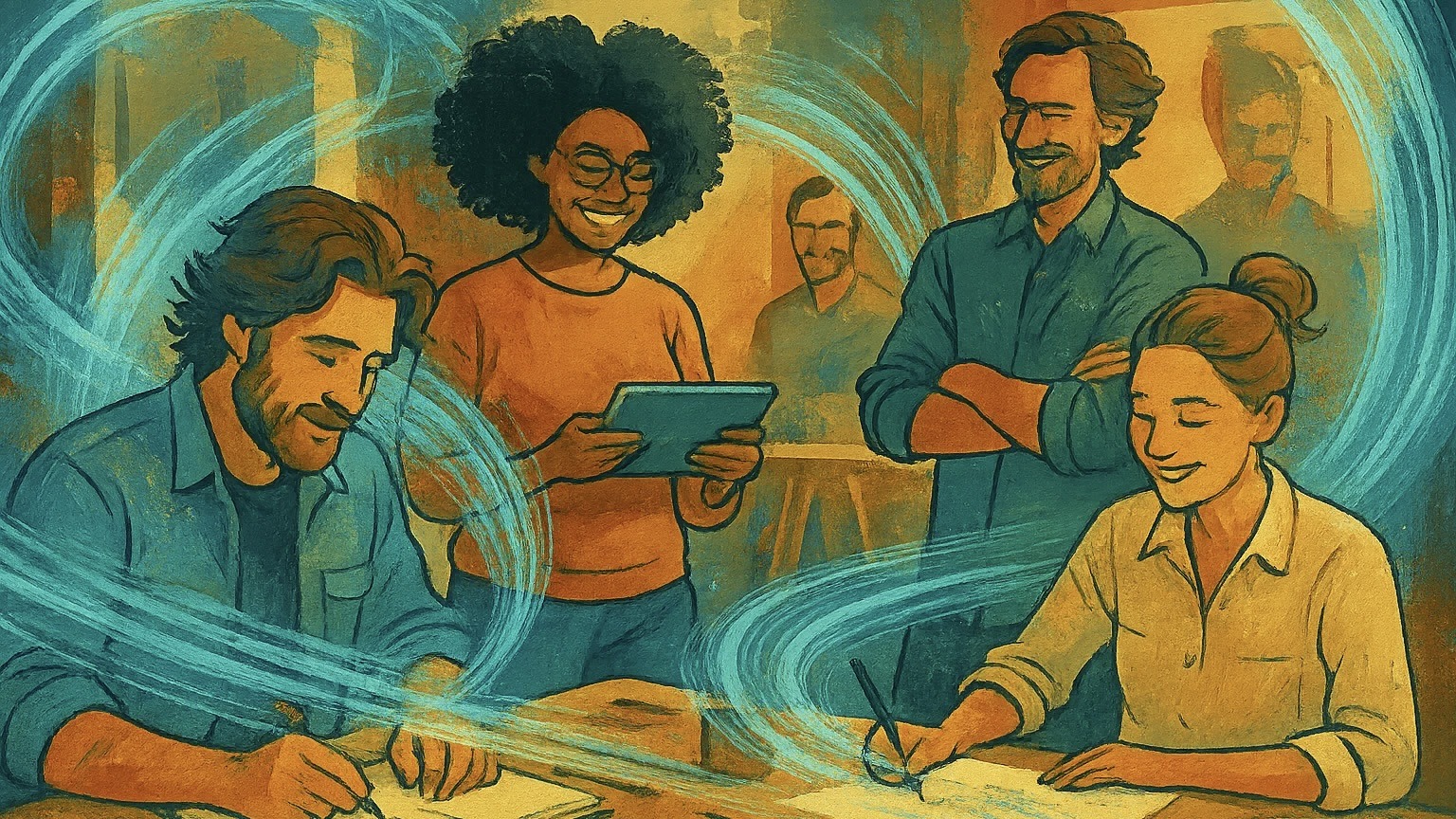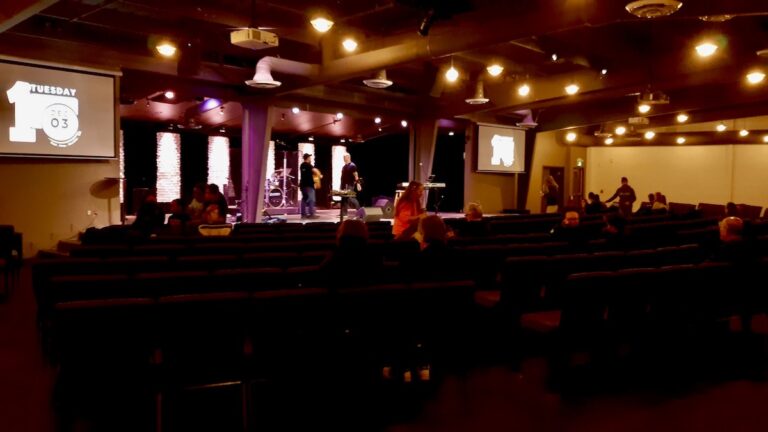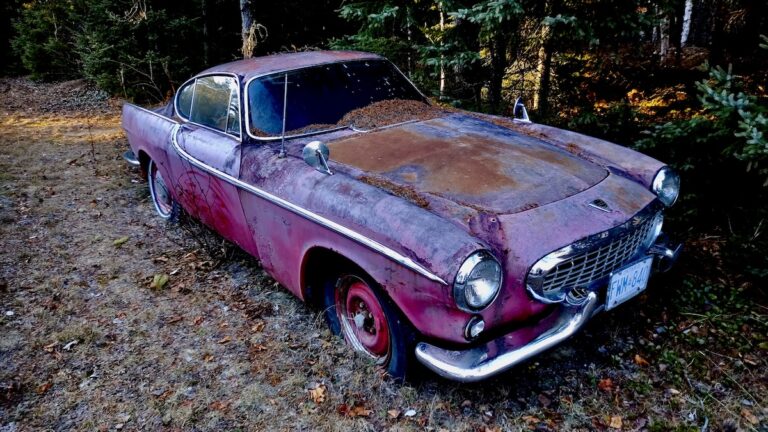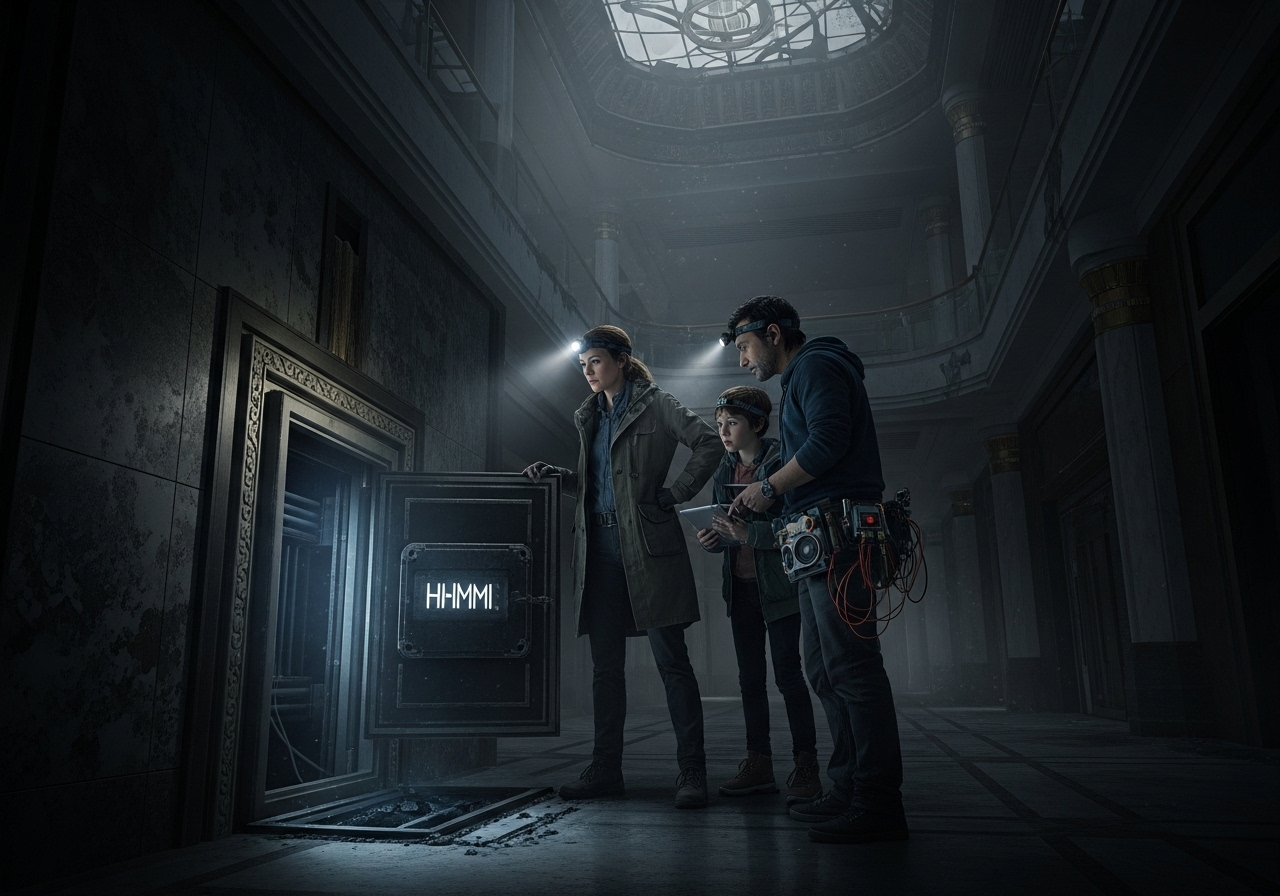
Arts collectives can escape chaos by replacing committee management with system flow and algorithmic stewardship.
The Creative Flow State: Why Your Arts Collective Needs a Logistical Overhaul
There’s a strange truth that every artist, curator, or collective leader eventually learns: the hardest part of making art together isn’t the art — it’s each other. We see this all the time in Manitoba, Northwestern Ontario and beyond.
We form collectives to create beauty, but we spend most of our energy managing tension, emotions, and the slow gravity of hierarchical, committee-based and often colonial decision-making. Every meeting meant to spark progress somehow becomes a negotiation about process. The irony is painful — our sector, which celebrates creativity, often runs on the least creative systems imaginable.
The future of collaboration isn’t about becoming better managers.
It’s about building systems that don’t need to be managed at all.
From Management to Flow: A Logistics Revolution for the Arts
What if we stopped treating creative labor like a human resources problem and started treating it like a logistics challenge?
That’s the radical promise of what’s increasingly being referred to as a Sovereign Stack — an emerging model that applies the principles of logistics, automation, and systems design to creative production. It replaces the old obsession with team management with something cleaner and far more liberating: flow management.
The key principle is borrowed from industrial logistics: Constraint Management.
In traditional management, you spend your days trying to make people work better together. In Constraint Management, you focus only on one thing — finding and fixing the single biggest bottleneck in the system.
Instead of worrying about who’s right or wrong in an editorial debate, you identify what’s slowing the system. Maybe it’s a distribution script that takes too long to publish, or a metadata workflow that creates friction. Fix that one thing, and the entire system accelerates.
The result is a culture where problems are depersonalized and solvable — not emotional, endless, and draining.
The New Leadership Model: From Coach to System Steward
In this new model, leadership doesn’t disappear — it evolves.
The next generation of creative leaders won’t be department heads or committee chairs. They’ll be System Stewards — people who understand how to translate artistic vision and ethical mission into the architecture of automated workflows.
The Creative Director becomes the Chief Prompt Architect.
Their job isn’t to give notes or rewrite scripts, but to design the parameters — the prompts, models, and ethical guardrails — that ensure the system itself produces aligned, mission-driven work.
The Manager becomes the Bottleneck Finder.
They’re no longer refereeing human disputes or writing HR memos. Instead, they map the production pipeline, find the friction points, and remove them. When a bottleneck disappears, creativity flows.
This isn’t cold or dehumanizing — it’s freeing. It removes the emotional drag that has long haunted collective work, returning focus and energy to the art itself.
The Impact: From Bureaucracy to Flow
For arts collectives, this shift is nothing short of transformative. It doesn’t mean replacing humans — it means freeing them from administrative gravity.
- The End of the HR Problem:
Value is measured by outcomes, not personalities. Did the exhibition launch? Did the outreach happen? The system either flows or it doesn’t. There’s no politics in performance. - Sovereignty Over Labor:
The collective owns the system that produces the work. It’s no longer dependent on specialists or external firms. The stack is the studio. - Return to Core Creativity:
When logistics and administration run automatically, human energy can return to its highest form — imagination. The collective becomes what it was always meant to be: a cultural engine powered by artistry, not bureaucracy.
The goal isn’t to make creative work more efficient — it’s to make it frictionless.
Because the true flow state doesn’t just belong to the artist anymore — it belongs to the organization itself.






